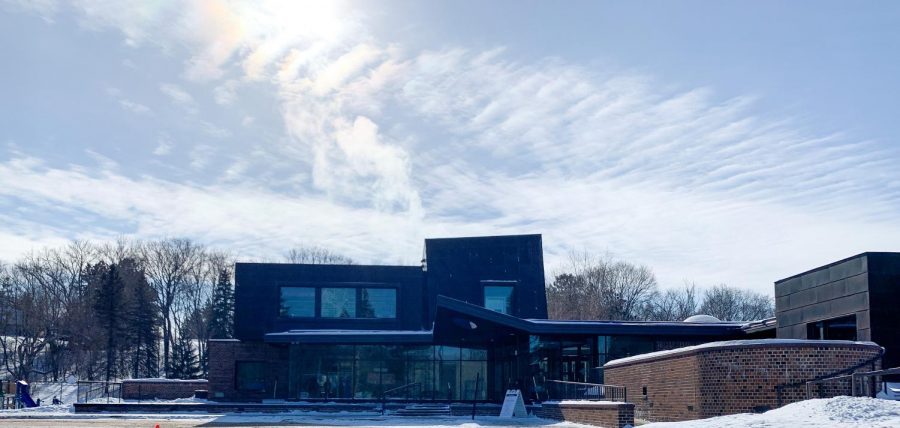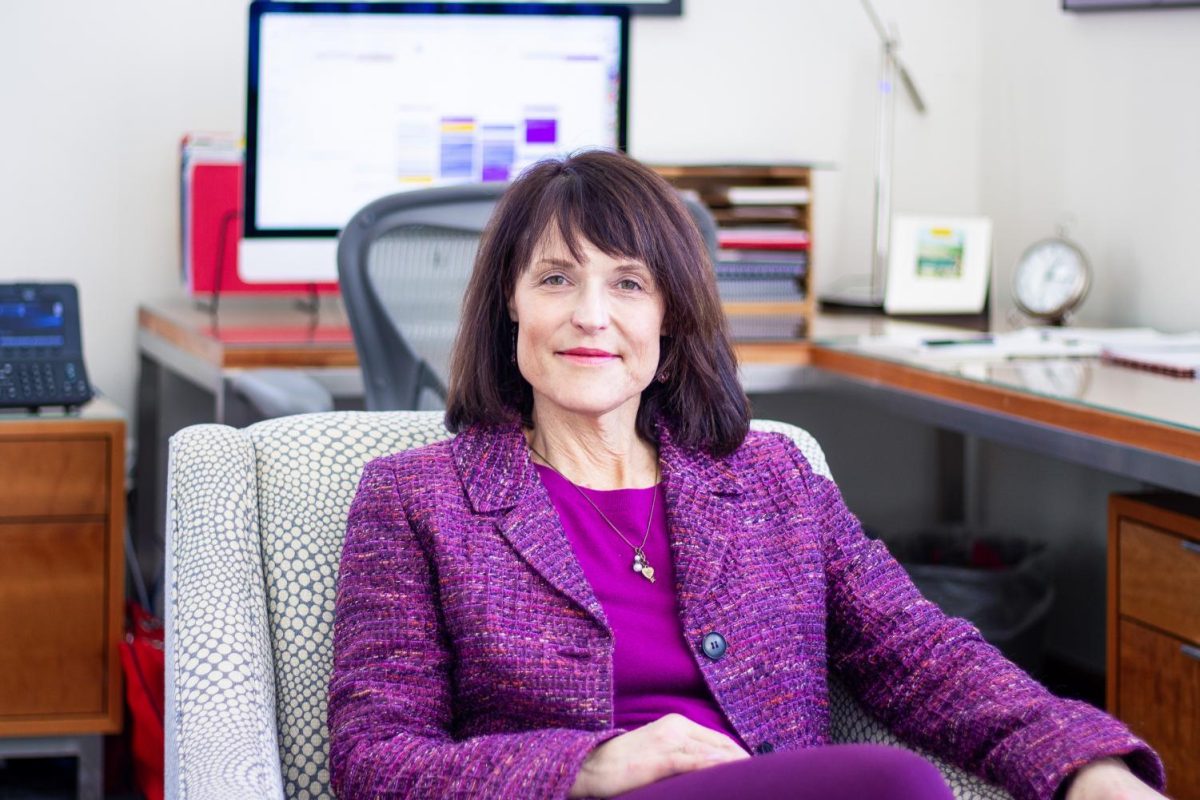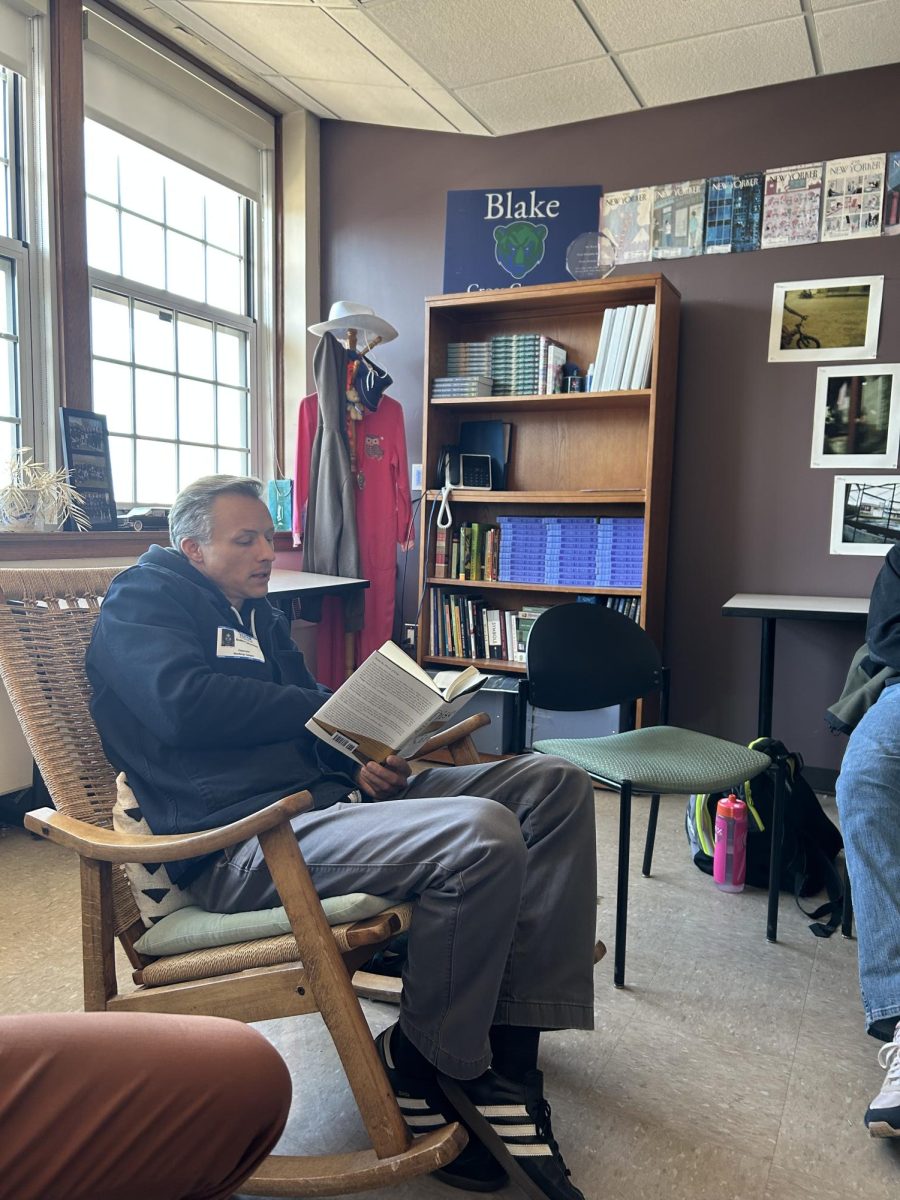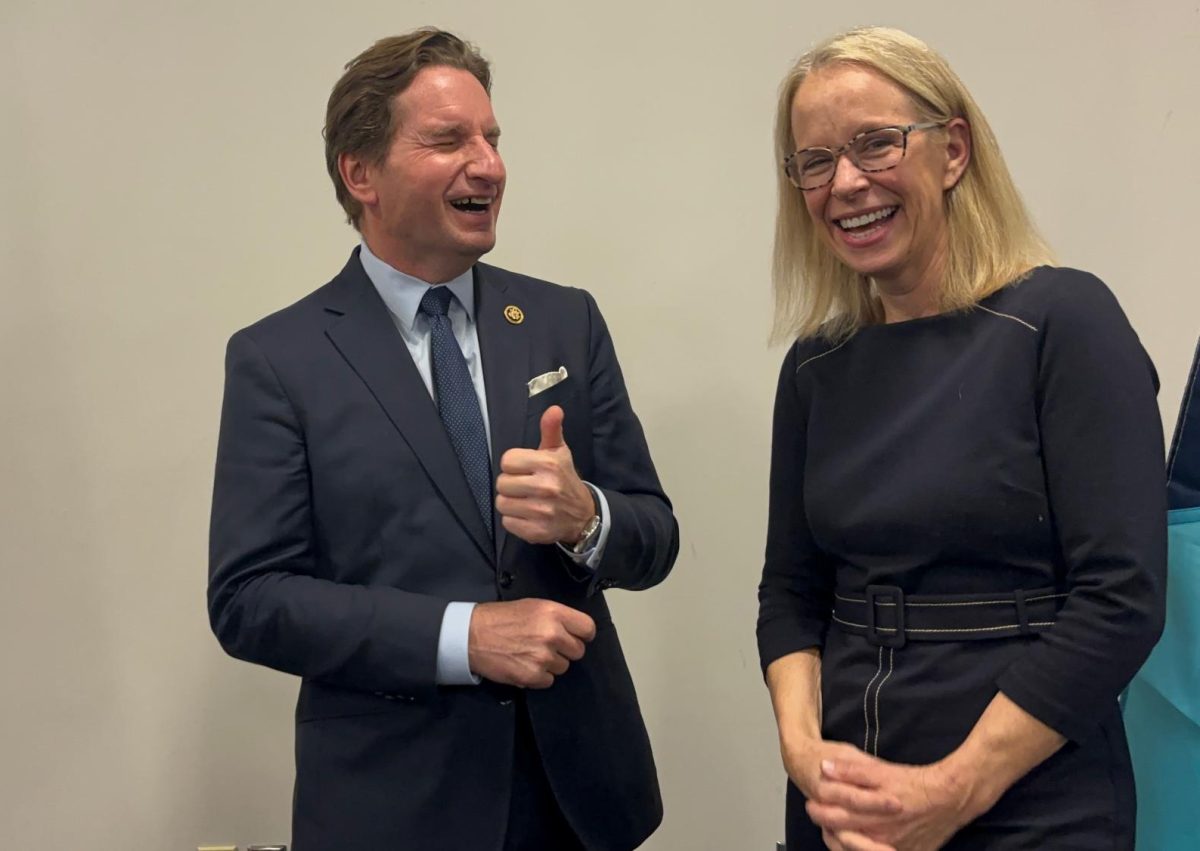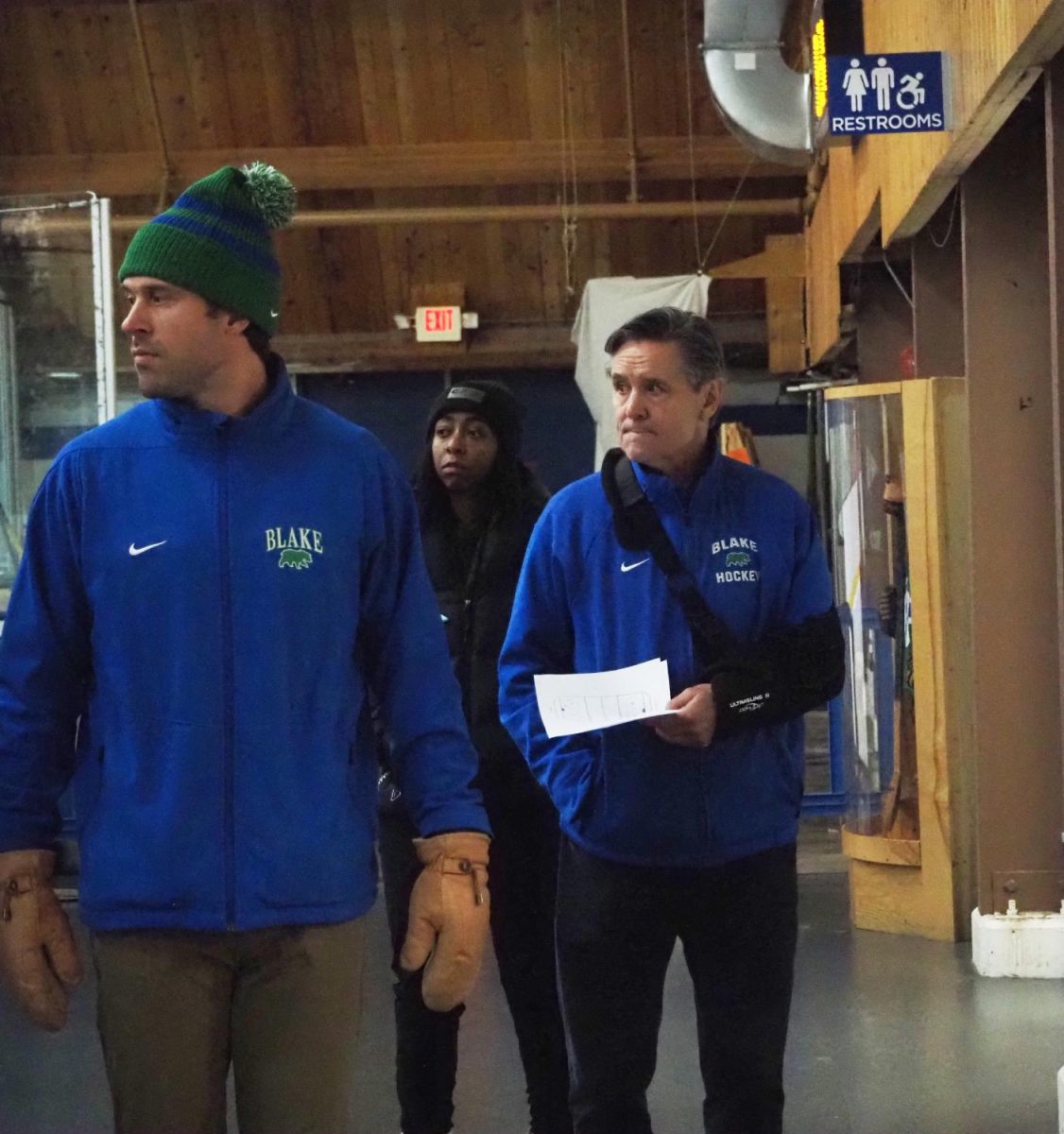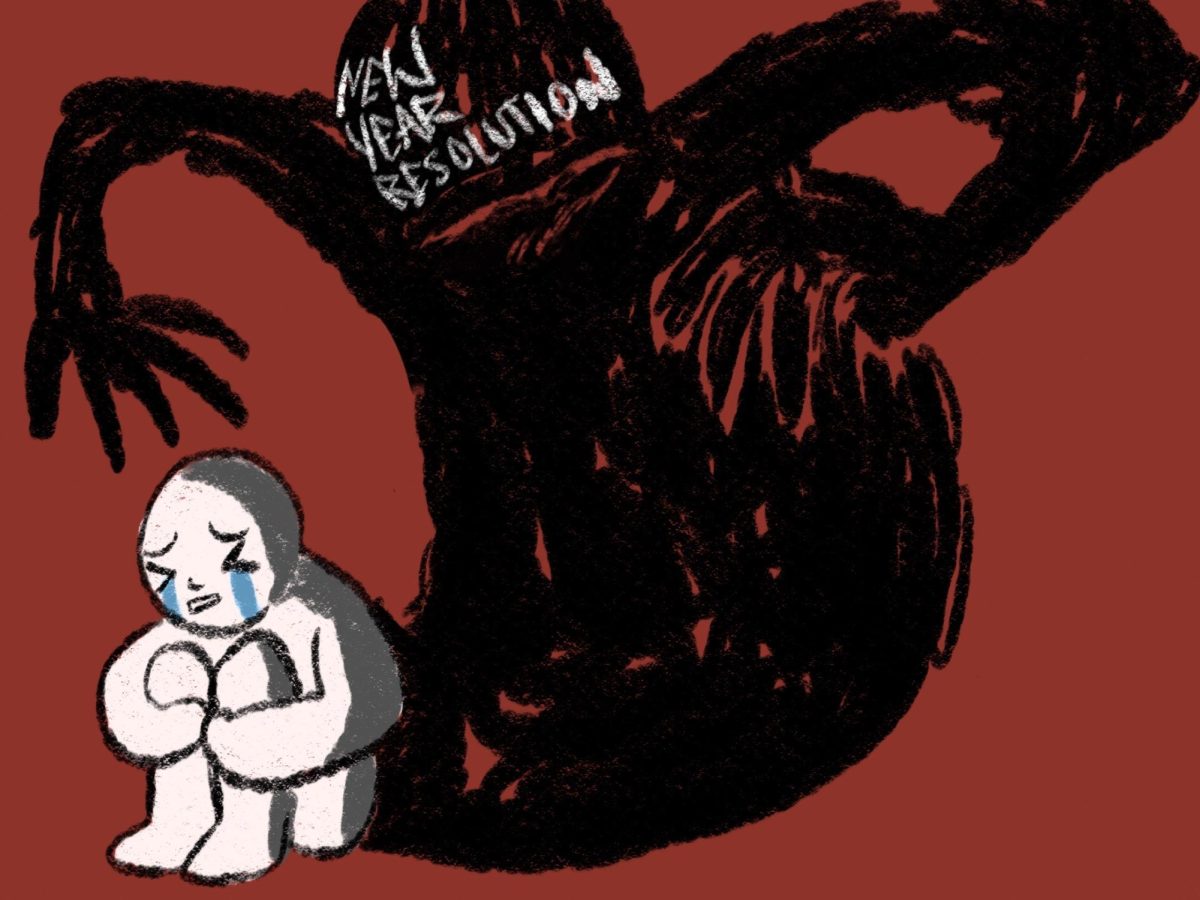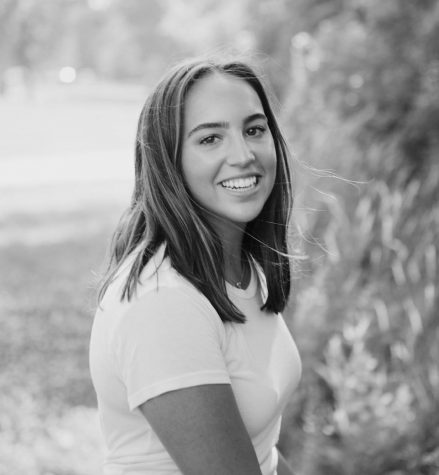On February 3, Upper School students learned that Highcroft will close in the 2023-2024 school year in an email from Anne Stavney, Head of School, and Jeb Morrison ‘90, Chair of Board of Trustees. Anika Hahn ‘21, who attended Highcroft, says, “I was not expecting it at all. I kind of felt really blindsided by it… to just send it out in an email felt very impersonal”
While the news that the two Lower School campuses would be combined onto the Hopkins campus came as a shock to many, the plan has been in the works for about two years. The idea of a combined Lower School has been considered regularly by the board since Blake and Northrop’s merger in 1974, but a persistent decline in Lower School (and especially Highcroft) enrollment and market trends surrounding early learning centers caused the proposal to be acted upon now.
The Early Learning Center (ELC) will be built on field five located next to the track and house Pre-K, kindergarten, and first grade, while grades two through five will be in the current Hopkins Lower School building. Raymond Yu, Lower School Director, describes the ELC as “a place where [early learners] can thrive. It’s a place where we want to foster their identity, their sense of awe, that sense of wonder. [It’s] a real commitment to seeing, noticing, and appreciating our early learners.”
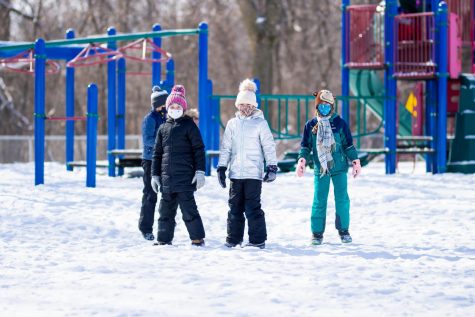
(Betsy Fries)
One of the main factors in the decision to move forward with LSP was enrollment trends, both within Blake and nationally at independent schools. to reduce the impact of in order to ensure that we could keep Highcroft full… the headwinds we were facing were not changing, and so we needed to make a change and make a decision.”
Stavney says, “A lot of schools are sitting back as their lower school enrollment declines, and… especially with those trends accelerating from COVID… it felt even more important to emerge from this really tough year with a really strong plan.”
Morrison adds, “This was really not about short-term dollars and cents. This was very much about the long-term strategic health of the school.”
The building of the ELC, which is projected to cost about $12 million, will primarily be funded by the sale of Highcroft. Morrison says, “We need to sell it because it’s a significant financial asset in addition to being, you know, a very lovely piece of land.” Blake plans to sell the land to someone who can put it to good use for the Wayzata community, but Morrison notes, “We won’t have the ability to dictate precisely what it is that someone else does and most likely, unless there is a buyer who is willing to pay a market price for the land that has intentions other than trying to put it to its highest economic use, then… it’ll be up to the buyer.”
The move from a campus in Wayzata to Hopkins will certainly be a large adjustment for many families. However, Stavney says, “we did a… geographic study of all Highcroft families, and the vast majority, over 80%, will not have any significantly increased drive time, and…86% will be less than 25 minutes because the bulk of them live between Wayzata and Hopkins. People assume people live out further west [like in] Orono, but few actually do.”
In the combined Lower School, the average class size will stay the same, but, overall, there will be less classes than the current four sections per grade for Pre-K to five. Lower School capacity will decrease from 540 to 445 (though enrollment is currently only 500), so staff will need to reduce as well. However, Morrison says, “We really entered this process… with an objective of ensuring that there was no need for a reduction in force that was involuntary. We are really optimistic that attrition and voluntary buyouts will get us to the staffing level that will meet the needs of the new approach.”


